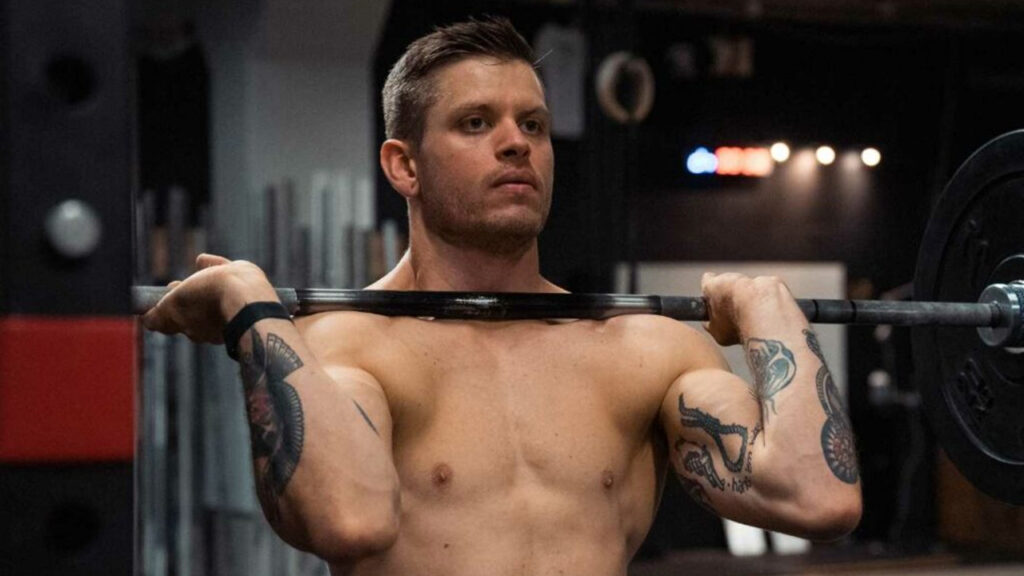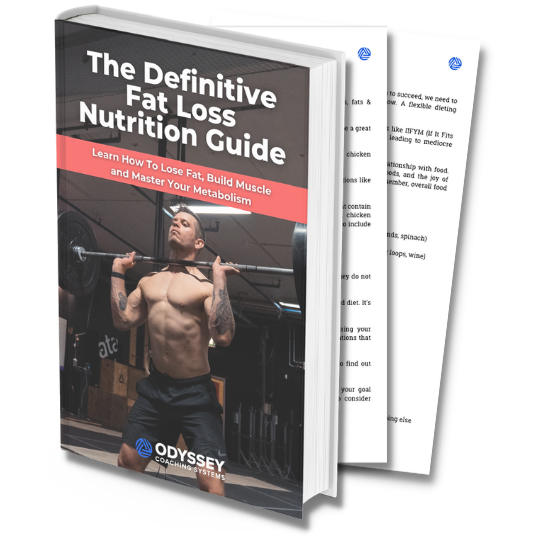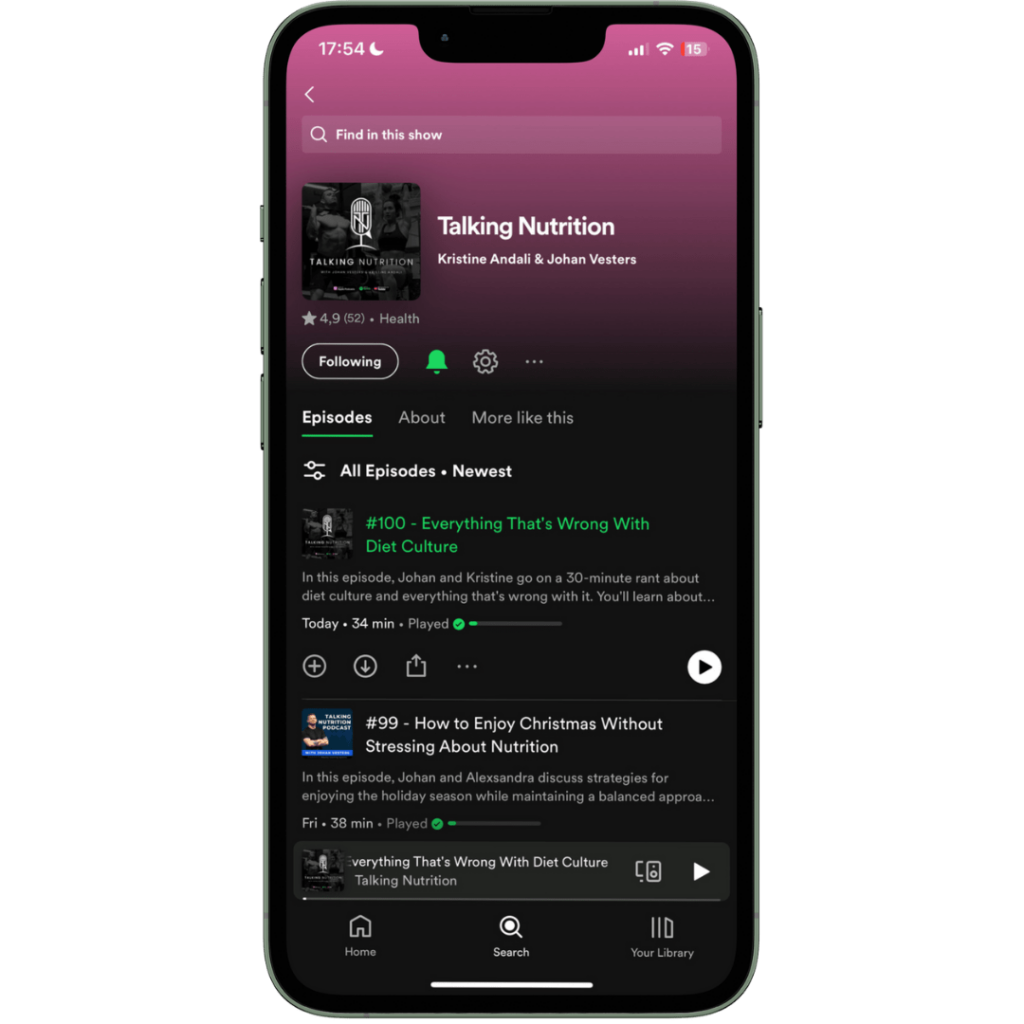Main Take-Aways
1. Fat loss and performance don’t go hand in hand. During the cut, you’ll likely see a drop in performance. However, this drop is only for the time-being. Trust the process, because you’ll get it back afterwards.
2. If performance is a priority, then cutting ‘aggressively’ may be a good option. This will allow for less time spent dieting, while getting as much ‘work done’ within a realistic timeframe.
3. The best macro split in this scenario should probably include about 1-1.2 g/lbs of protein, 0.3g/lbs of fats, and as much carbohydrate as you can fit into your remaining calories.
So you want to maintain muscle mass, keep performing at a high level, AND lose fat?
Then listen up, because there’s some good news and some bad news.
Do performance and fat loss go together?
Can you maintain muscle while cutting aggressively?
- The longer you cut, the more the metabolism slows down.
- Less time spent dieting means more time for optimal performance and muscle gain.
- It’s relatively easier to adhere to, because the finish line is relatively soon.
Combining fat loss, muscle, and performance
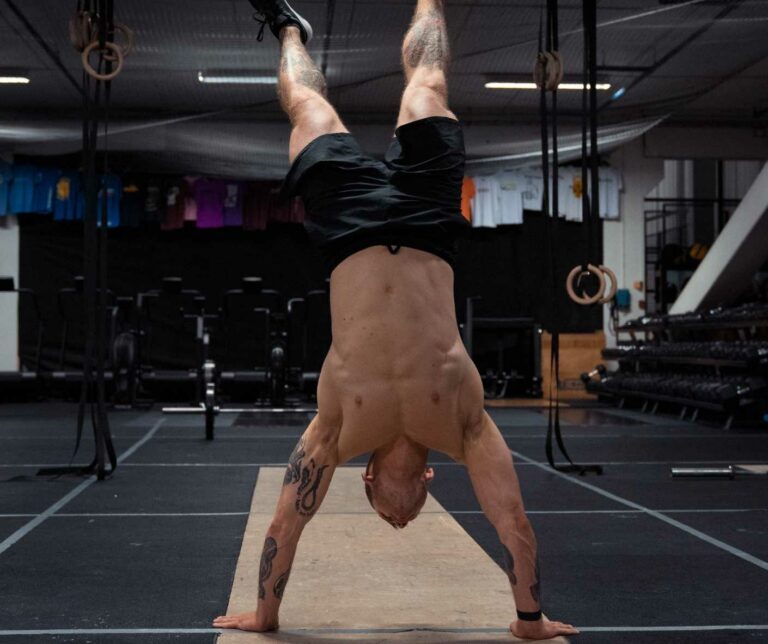
Most Important Macros To Maintain Muscle While cutting
 Protein
Protein Carbs
Carbs Fats
Fats Alcohol
Alcohol- Consuming carbs before training can help you get as much out of your workout session as possible. This in turn will allow you to still send the signal of “We need to hold onto these muscles”.
- It’ll help you recover and replenish glycogen stores, which is your main fuel tank.
- Eating carbohydrate spikes insulin, which acts as a shut-off switch for cortisol. This can be a great way to get you back into the rest/digest state after training. This is crucial for recovery and muscle maintenance.
Less important during a cut
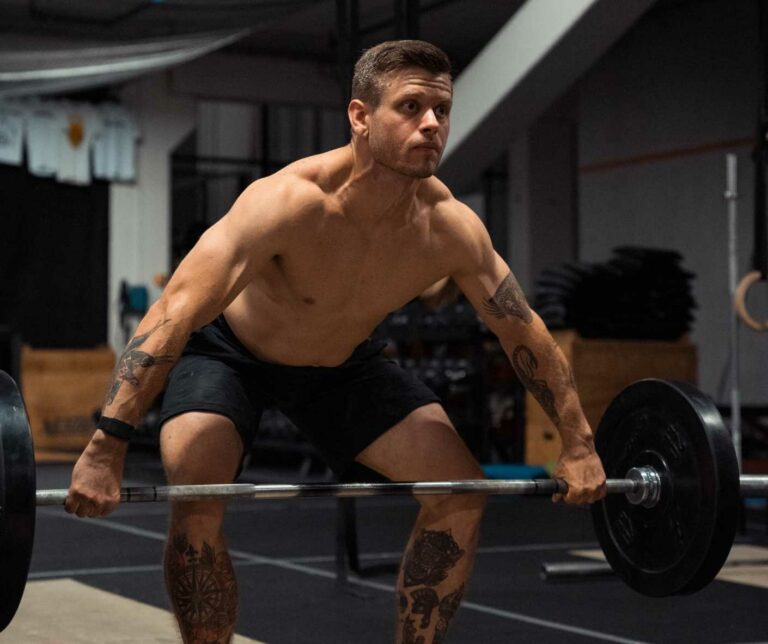
How often should you train to maintain muscle mass?
How to maintain muscle mass while cutting
- Helms, Eric R et al. “Evidence-based recommendations for natural bodybuilding contest preparation: nutrition and supplementation.” Journal of the International Society of Sports Nutrition vol. 11 20. 12 May. 2014, doi:10.1186/1550-2783-11-20
- Bell, G J et al. “Maintenance of strength gains while performing endurance training in oarswomen.” Canadian journal of applied physiology = Revue canadienne de physiologie appliquee vol. 18,1 (1993): 104-15. doi:10.1139/h93-010


